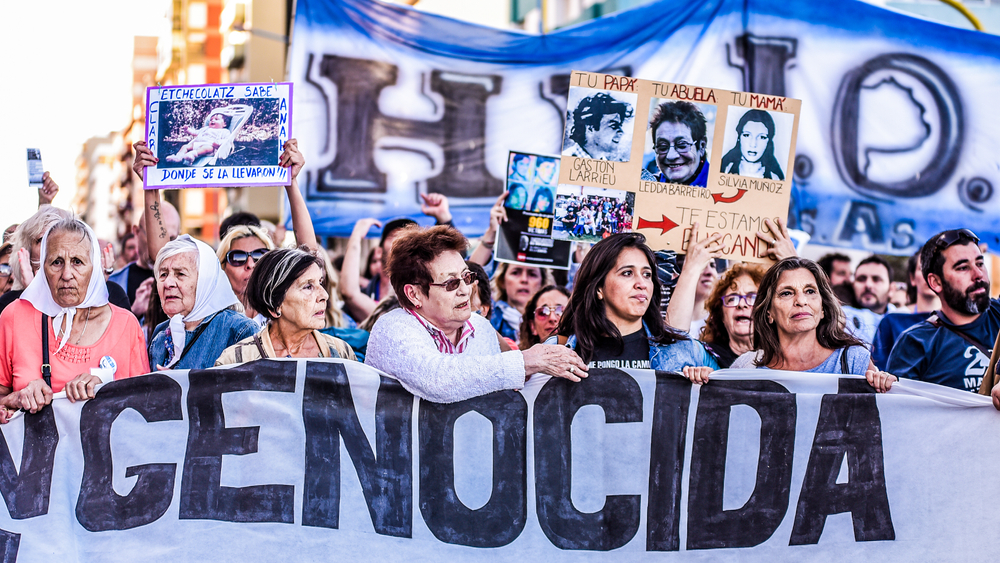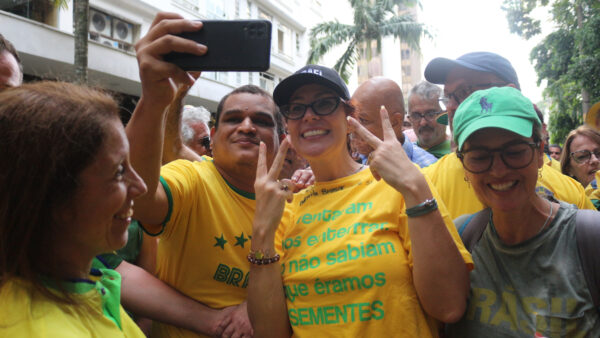Every year since 2011, the United Nations has observed the International Day of the Victims of Enforced Disappearances. Unlike kidnapping or human trafficking, the specific crime of “disappearance” is typically an instrument of terror, carried out by authorities such as criminal gangs, law enforcement, or even governments. The procedure remains largely unchanged, people are not imprisoned, kidnapped for ransom, or even necessarily murdered, they simply vanish without a trace, leaving their loved ones without any notion of where they may be, or what may have happened to them.
While the UN points out that the phenomenon is “not restricted to a specific region of the world,” Latin America is in the throes of an epidemic of forced disappearances, dating back to the 1970s when military dictatorships ruled large parts of the region with an iron fist. Today, roughly 200,000 people in Latin America are deemed as “disappeared,” according to estimates from several human rights organizations.
Though it is difficult to reach a precise measurement of disappearances, individual countries share their own...


 Search
Search






































